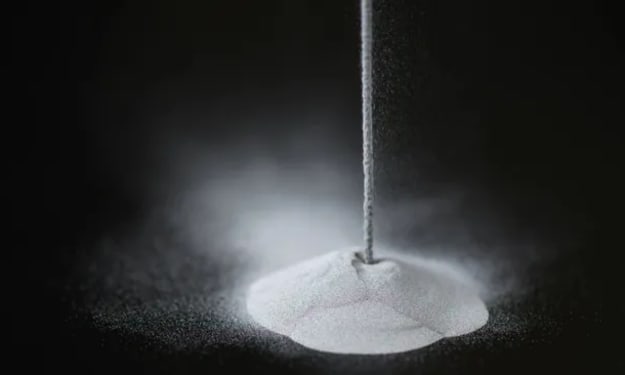Félicette is the first and only cat in space — what was her fate?
Félicette, a French cat, came out of homelessness, showed more courage than a male cat, flew into space and became a national hero. She even got her own statue. It sounds like the script of a good family movie, only it really happened.

The history of sending animals into space began on the day when the V2 rocket constructed by Wernher von Braun carried fruit flies to an altitude of 109 km. This happened on February 20, 1947, at the rocket range in White Sands, USA.
Although the rocket lost stability in the higher atmosphere, the container of space flies returned to Earth whole. The insects themselves survived the flight unscathed. Thus, they proved that — with certain safety rules — living organisms can survive space flight.
In space flew dogs, chimpanzees and only one cat
After the fruit flies, mice, rats, turtles and many other animals flew into space. The Soviet Union tested the survivability of space flight on stray dogs. One of these was the famous Laika. The United States used chimpanzees for this purpose. For that, the French came up with the idea of sending cats into space.

Félicette was recruited for the French space program along with 13 other cats straight from the streets of Paris. Scientists at the Centre d’Enseignement et de Recherches de Médecine Aéronautique (CERMA) spent several months determining the cats’ health parameters. They evaluated brain function, sensitivity to overload, and the efficiency of internal organs, among other things. They tried to create the most detailed feline database possible.
Felix the cat was supposed to fly into space, but he escaped
The training of feline astronauts resembled that of humans. It was not without tests in gravity centrifuges and decompression chambers. Finally, after several months of research and training, on 18 October 1963, the cats were transported to Algeria. There, the French Véronique AGI 47 rocket was already waiting.
However, as planned, it was not Félicette who was to bear the honorific name of the first cat in space. A male cat named Felix was selected for the pioneering flight. Felix, however, was not eager to become a national hero. He simply ran away from the researchers just before the launch preparations. Félicette took his place.
The cat’s flight into space lasted 10 minutes
Placed in a special container, the cat was transported to the launch pad and placed in the rocket’s tray. Although the rocket’s engine only ran for 42 seconds, this allowed it to soar 157 km above the Earth’s surface.
This means that the cat was in space. The limit of space is considered to be 100 km from sea level. Félicette’s suborbital flight lasted just over 10 minutes, after which the capsule happily returned to Earth.
The female astronaut became famous, but died quickly
The cat survived the flight. Not so lucky was the second, nameless cat, which the French tried to send into space on October 24, 1963, but there was a failure of the rocket, and the cat died during the hard landing. The rest of the cats qualified for the program were euthanized. The exception was a cat that was named Scoubidou. She became the mascot of the CERMA science team.
Félicette also went to live at CERMA, where, in addition to undergoing follow-up tests, she had celebrity status. However, she died two months after her flight into space — during surgery to remove electrodes that had been implanted in her brain before the mission. For a time, she became a national heroine. Her photos were circulated in the French press, found on postcards. Television even broadcast a movie about the brave astronaut.
Space cat lived to see her statue
However, her fame did not go beyond France. The world was focused on the space race between the U.S. and the USSR and on breaking new records. However, quite recently the cat has again found its way into the media.
In December 2019, a statue of Félicette was unveiled on the grounds of the International Space University in Strasbourg. It was made by sculptor Gill Parker. Matthew Serge Guy, an expert in the history of astronautics, was behind the idea of commemorating the cat.
The idea of the monument captivated more than 1,100 people, who contributed a total of about $57,000 to the cause. In the memorial, the cat sits on a ball that looks like Earth. From my observations, however, it would probably prefer to sit in a box…






Comments
There are no comments for this story
Be the first to respond and start the conversation.